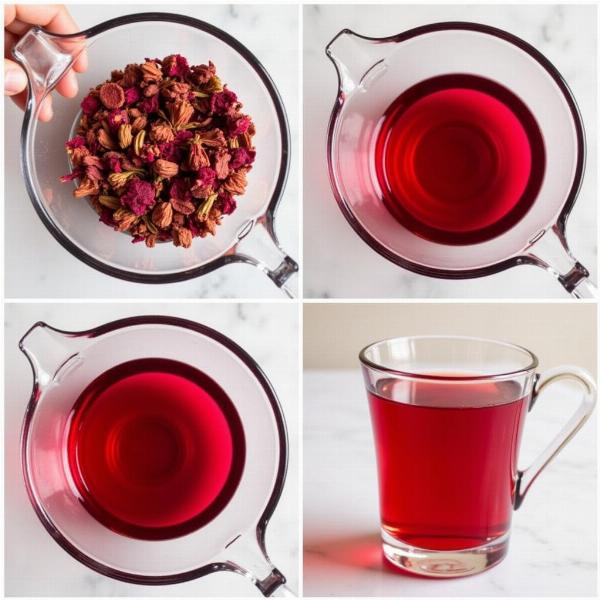The china rose, a vibrant and beloved flower across India, is known by several names in Hindi. Understanding its various names and cultural significance adds a layer of appreciation for this beautiful blossom. This article will delve into the common Hindi names for the china rose, explore its significance in Indian culture, and discuss its diverse uses. So, if you’ve ever wondered “china rose hindi name,” you’re in the right place.
Unraveling the Hindi Names for China Rose
The most common Hindi name for the china rose is gudhal (गुड़हल). This name is widely understood and used throughout India. Other regional variations exist, including jaswand (जसवंद) and javakusum (जवाकुसुम), reflecting the rich linguistic diversity of the country. Each name carries its own nuanced meaning and regional association, adding to the flower’s multifaceted identity.
Cultural Significance of the China Rose in India
The china rose holds a significant place in Indian culture and traditions. Often used in religious ceremonies, particularly in the worship of Goddess Kali, the red hibiscus symbolizes devotion and sacrifice. It’s also a popular offering to Lord Ganesha. Beyond religious contexts, the china rose is also associated with beauty and fertility. Its vibrant colors and delicate form make it a common motif in art and literature.
Diverse Uses of the China Rose
Beyond its cultural and religious importance, the china rose has a range of practical applications. Its petals are used to make a refreshing tea, known for its slightly tart flavor and health benefits. The flower is also used in traditional medicine for various ailments, including hair care and skin problems. Furthermore, its vibrant color makes it a natural dye, used in textiles and food coloring.
China Rose: A Symbol of Beauty and Utility
From its various names to its diverse uses, the china rose is a truly remarkable flower. Its cultural and religious significance interwoven with its practical applications makes it an integral part of Indian life. Whether adorning a temple deity or brewed into a refreshing tea, the china rose continues to captivate and serve.
What are the benefits of hibiscus tea?
Hibiscus tea is known for its potential health benefits, including lowering blood pressure, improving heart health, and boosting liver function. It’s also rich in antioxidants.
Is China Rose native to India?
While widely cultivated in India, the China Rose (Hibiscus rosa-sinensis) is believed to be native to tropical Asia.
 Hibiscus Tea Preparation
Hibiscus Tea Preparation
Conclusion
The china rose, known as gudhal and other regional variations in Hindi, is a culturally significant flower in India, used in religious ceremonies, traditional medicine, and even as a natural dye. Its vibrant beauty and diverse uses make it a beloved flower across the country. Understanding its various names adds to our appreciation of this multifaceted blossom.
FAQ
- What is the most common Hindi name for China Rose? Gudhal is the most common Hindi name.
- What is the significance of China Rose in Hinduism? It’s often offered to Goddess Kali and Lord Ganesha, symbolizing devotion and sacrifice.
- What are the other uses of China Rose? It’s used to make tea, in traditional medicine, and as a natural dye.
- Is China Rose easy to grow? Yes, it thrives in warm climates and requires minimal care.
- What colors do China Roses come in? They come in various colors, including red, pink, yellow, and orange.
- Where can I buy China Rose plants? You can find them in nurseries and online plant stores.
- What is the best time to plant China Rose? Spring is the ideal time for planting.
Related Articles
Meaning-Hindi.in is your trusted partner for high-quality Hindi translation services, specializing in business, legal, technical, website localization, educational, and specialized translations. We offer fast and accurate services to cater to all your language needs. Need a document translated quickly and accurately? Contact us today at [email protected] or call us at +91 11-4502-7584. Meaning-Hindi.in is committed to bridging the language gap for your personal and professional needs.